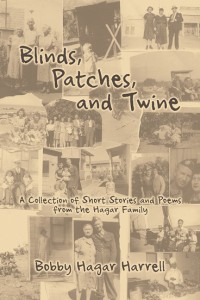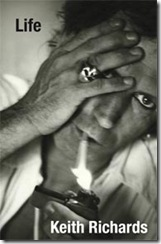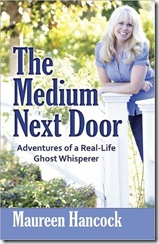With foreword by Bobby Hagar Harrell’s brother—rock star Sammy Hagar—this is a memoir of how a young girl grew up amidst the rage and confusion (and wasted potential) of an alcoholic and abusive father who was once a great boxer—and how one family managed not only to survive, but to prosper in spite of the circumstances they were subjected to–primarily due to their mother’s love and indomitable spirit.
The oldest of four children, Harrell writes eloquently about her childhood memories. She doesn’t mention much about her brother Sammy, so if you’re expecting this to be a book about how it must have felt to grow up in the shadow of a man who went on to become a rock star, that is not the case. I applaud Harrell for that. I was wondering how she was going to pull it off but she did it splendidly. It is the story of Harrell’s experiences, her courage, her perspective, her struggle, and her search for her identity.
In the early years, the Hagar family pretty much lived in campgrounds—moving from one to the other while their mother worked picking fruit to help put food on the table because their dad couldn’t stay away from the whiskey. Harrell writes about the many times when their father would come home drunk and belligerent at the end of the day, and how their mother would herd all the children out the window and to a pre-determined hiding place. There they’d cover themselves with blankets until their father passed out and it was safe for them to return to their beds. Wow. Talk about a traumatic experience for an impressionable child.
Harrell paints a beautiful picture with words; her prose alone is poetic but she also includes some of her poems in this book. My favorite is on page 138, which begins “I learned about God in a boysenberry patch…” I also loved “I Remember Me”. Great stuff.
It takes a brave soul to write a book of this nature, and Harrell is so honest here, she even includes a copy of her father’s autopsy report outlining the details of his death at age 51.
Families affected by alcoholism are, unfortunately, a common occurrence in many people’s lives, so I’m sure this book had to be cathartic for the author, and I’m sure it is her desire that it may also be cathartic to others who may have endured the pain of growing up under similar circumstances. Blinds, Patches, and Twine has a happy ending though—it serves as an example to the rest of us that no matter what situation one is born into, there is always hope. Harrell sums it up nicely on the last page:
…I celebrate and thank God every day for a mother who showed us, through time and effort, how to love, laugh, forgive and: How to look for Peace amidst chaos. How to pick the Beauty from the disarray. How to rescue Pride out of disappointment. How to siphon Knowledge out of ignorance. And—how to do it all with love.
Lots of great pictures here as well.
For ordering information, please visit http://sbpra.com/bobbyhagarharrell/





